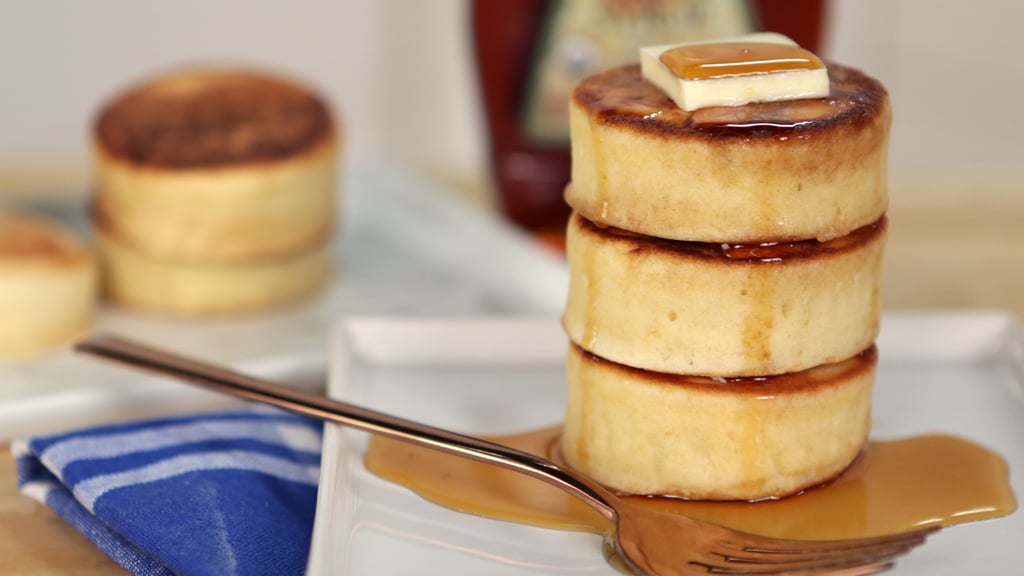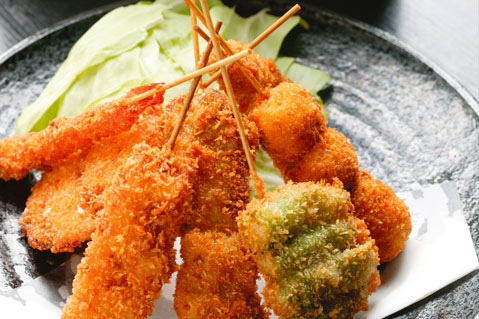
Pancakes are a universal food. They are literally perfect with anything and can be eaten for breakfast, lunch, or dinner. Like the potato, they are the perfect food, and Japan did not miss the memo.
The first Japanese pancake showed up in the 16th century, and was called "Funo-yaki". It was invented by a gentleman known as Sennorikyuu, the founder of the Japanese tea ceremony. (Japanese Pancake World) The cooking process went something like this:
"... mixed flour with water and sake and char-grilled the flattened dough. Sweet miso was then spread on this savory pancake before being rolled and cut into a bite-size portion. At the height of the pancake's popularity, there were even Funo-yaki specialty shops." (Japanese Pancake World)
Pancakes dropped out of popularity in the Edo era, it came back in the Meiji era, when candy stores started selling "Monji-yaki" or "letter cooking", where kids would come into the stores and learn the Japanese alphabet by drawing the letters with watery pancake dough. Thicker dough was adapted to make the Monji-yaki sellable in mobile stands. (Japanese Pancake World)
Western influence came with Worcester sauce in the Taisho era (1912-1926), which the Japanese people loved to spread on their pancakes with some scallion. (Japanese Pancake World) During WWII, when food was scarce, people would stuff the pancakes with as much cabbage as they could, and meat, if it was available- this would become known, eventually, as a different kind of pancake, the okonomiyaki. (Japanese Pancake World)
Link: http://japanesepancakeworld.com/pancake-history/










